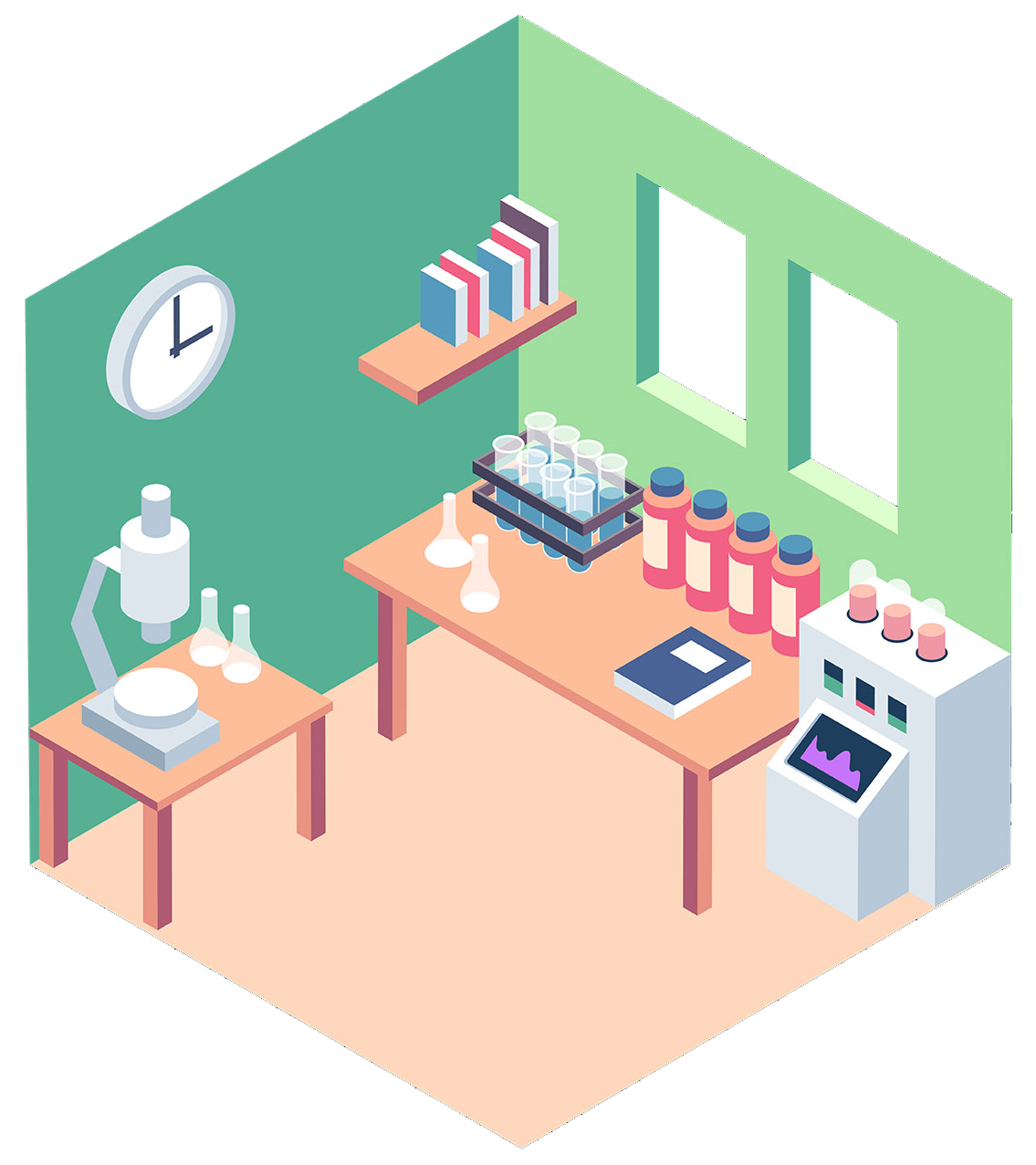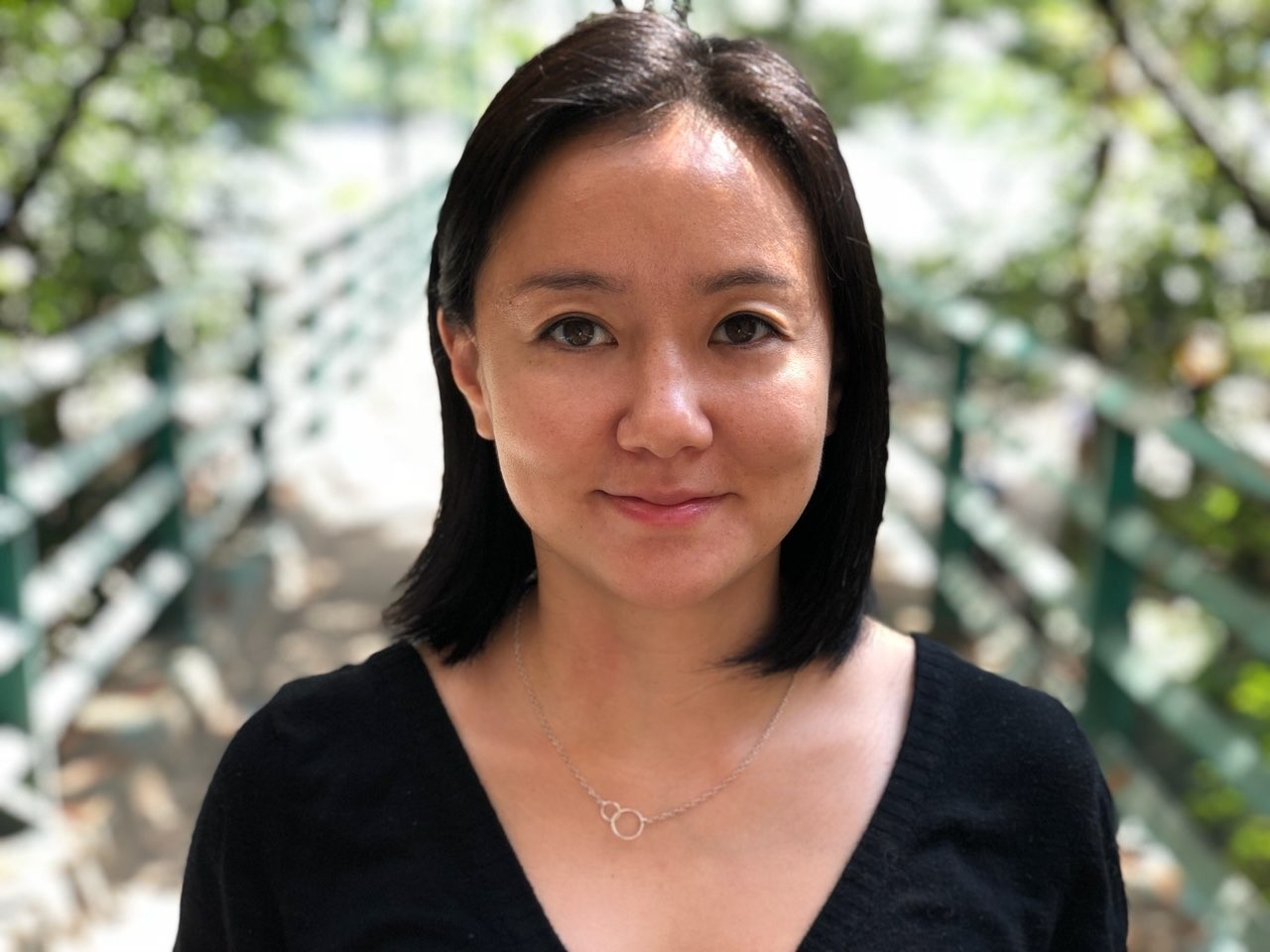
MAKING SENSE OF A NEW LAB
Kate Hong brings perspective and big plans to MCS and the Neuroscience Institute
by Caroline Sheedy
Kate Hong expected to spend her first year at Carnegie Mellon University setting up her new lab, building specialized equipment, hiring a team and preparing to teach. She opened her lab in January, but like most researchers, was forced to pause her work in the middle of March in response to COVID-19.
“It’s hard to know what your first year running a lab is supposed to be like,” Hong said. “But the good thing about the pandemic is it forced me to step back and think about the bigger picture of what I want the lab to be, what kinds of projects I really want to do. So, I’ve spent a lot of time applying for a lot of grants, reading the literature and planning future steps.”
An assistant professor in the Department of Biological Sciences and member of the Neuroscience Institute, Hong is now able to spend some time in her lab, where she studies sensory guided behavior. She is interested in understanding how we receive sensory information from the environment to guide behaviors. For example, when someone taps us on the shoulder, we immediately turn to look at who it is.
“I want to understand the neural mechanisms that allow us to perceive these sensory inputs, Hong explained. “When I detect an object to my left, and turn to pay attention to it, what is happening in my brain to integrate that sensory information and cause me to respond?”
The unexpected planning time this year, along with some advanced technology, has allowed Hong to broaden her research questions. For example, she is examining how sensory information that reaches multiple parts of the brain communicates to allow us to detect objects.
“Much of the focus in neuroscience is on how the neocortex, the outer-most layer of the brain, mediates sensation, but it has become very clear that there are other parts of the brain that also receive similar types of information that are themselves capable of mediating or facilitating detection of objects,” Hong said. “Now we have the technology that allow us to simultaneously record from multiple areas of the brain and finally ask questions about how different areas, and the flow of information between them, mediates sensory perception.”
A major research goal of her lab is to further understand how the brain recovers from damage to the cortex.
“As we understand how the healthy brain processes sensory information, we will be able to explore how the delicate balance of the brain is affected by damage to the cortex, such as by stroke or injury,” Hong explained.
Hong moved to CMU after completing a postdoctoral fellowship at Columbia University. She said the Pittsburgh neuroscience community has eased the transition to her new city.
“That was one of the most exciting things that drew me to Carnegie Mellon in the first place. I’ve even begun a collaboration with researchers at the University of Pittsburgh to use functional MRI to pinpoint areas of the brain that might be affected by and recover from cortical injury. This requires highly specialized equipment and expertise, so I feel extremely lucky to be in such a vibrant and collaborative community,” Hong said. “This will allow us to move in directions that would not be possible on our own.”
Though this year has been challenging, Hong is excited about what is ahead.
“I’m eager to see where the Neuroscience Institute goes. This idea of integrating CMU’s strengths in engineering and computation with the neurosciences and biology is extremely valuable. That’s going to be where the future of neuroscience is headed, this ability to sort of really collaborate and integrate,” she said.
